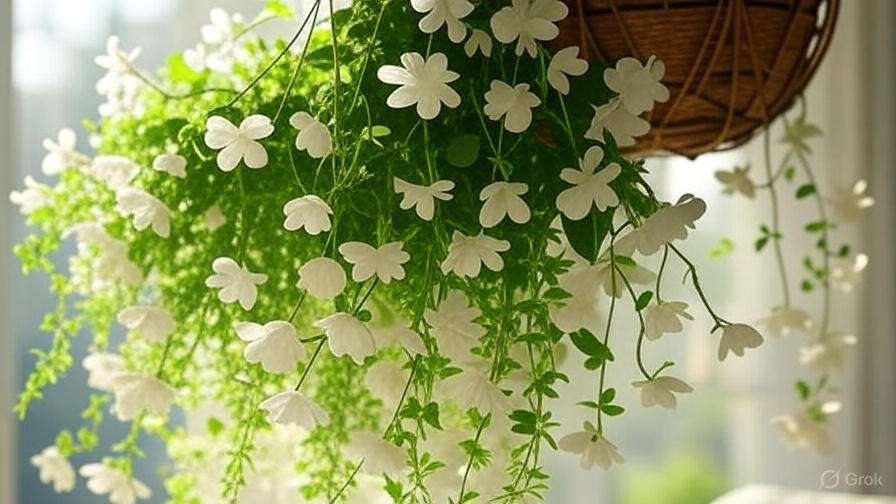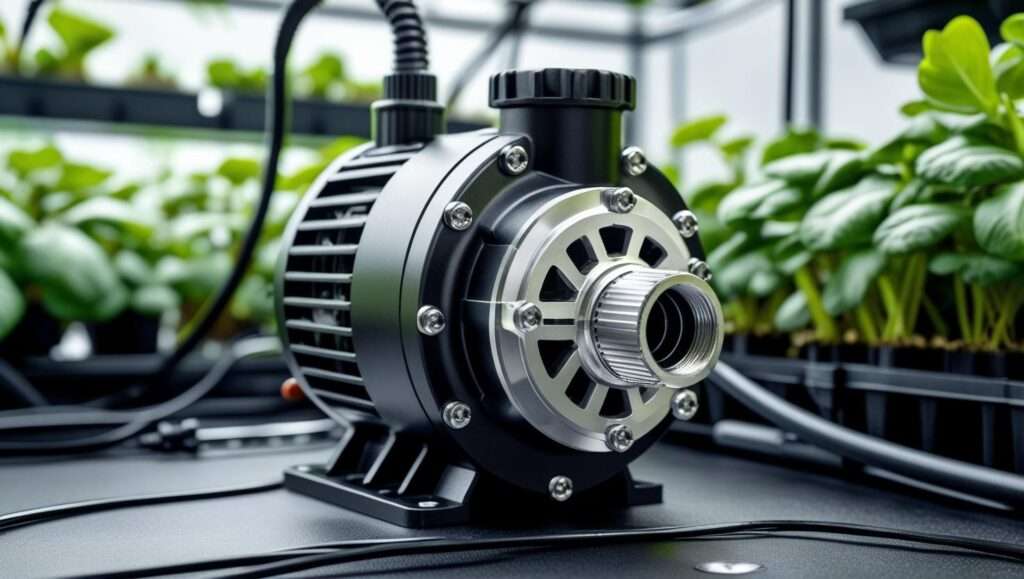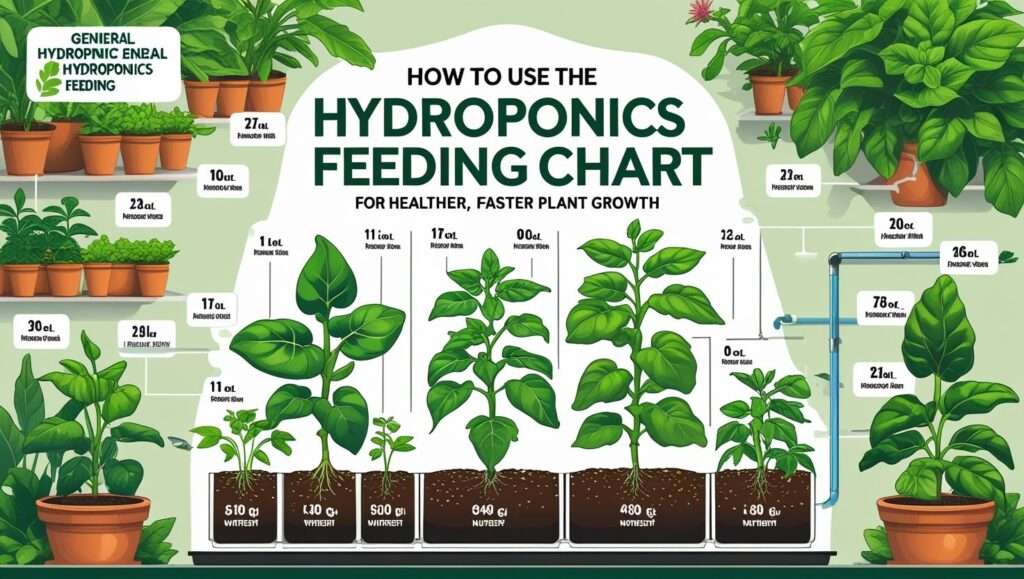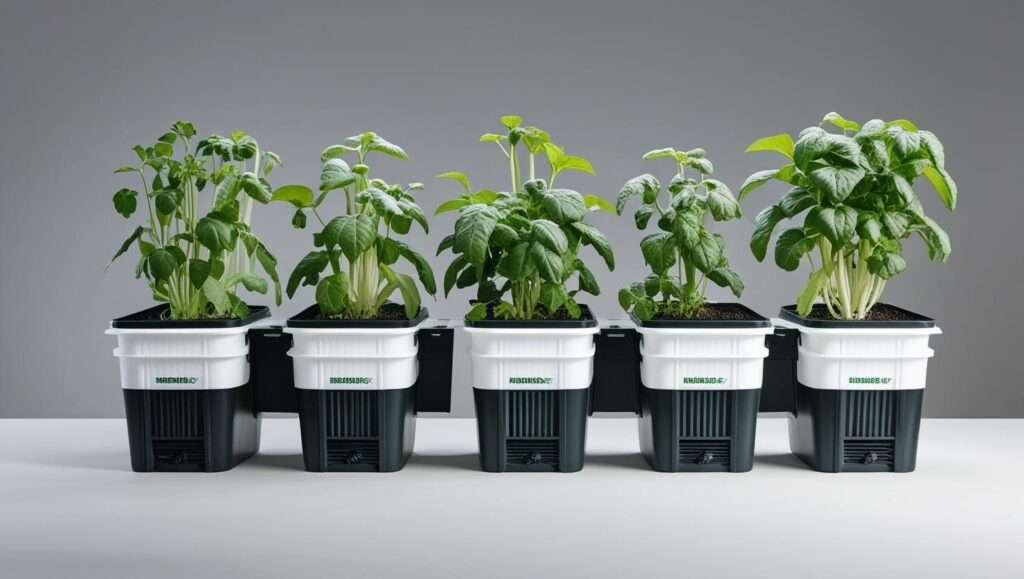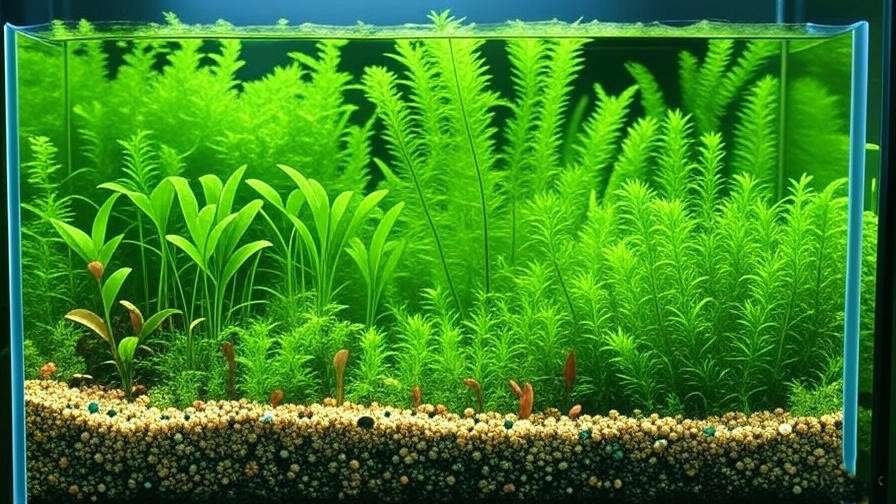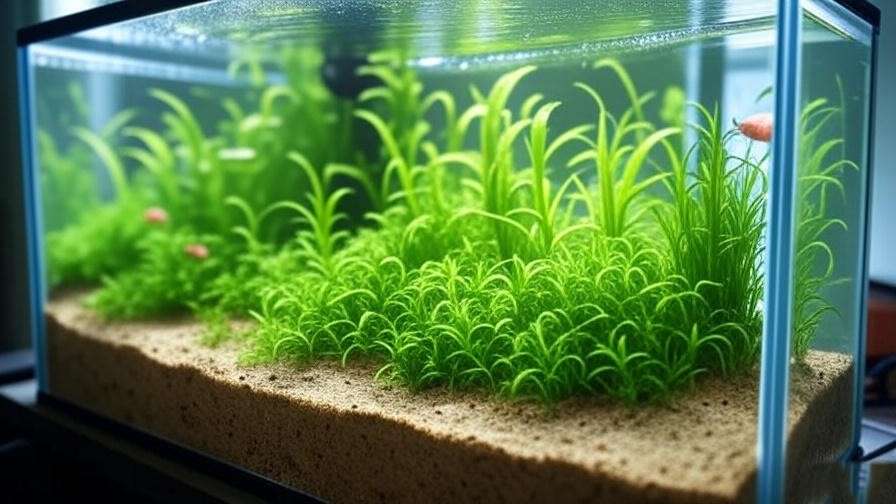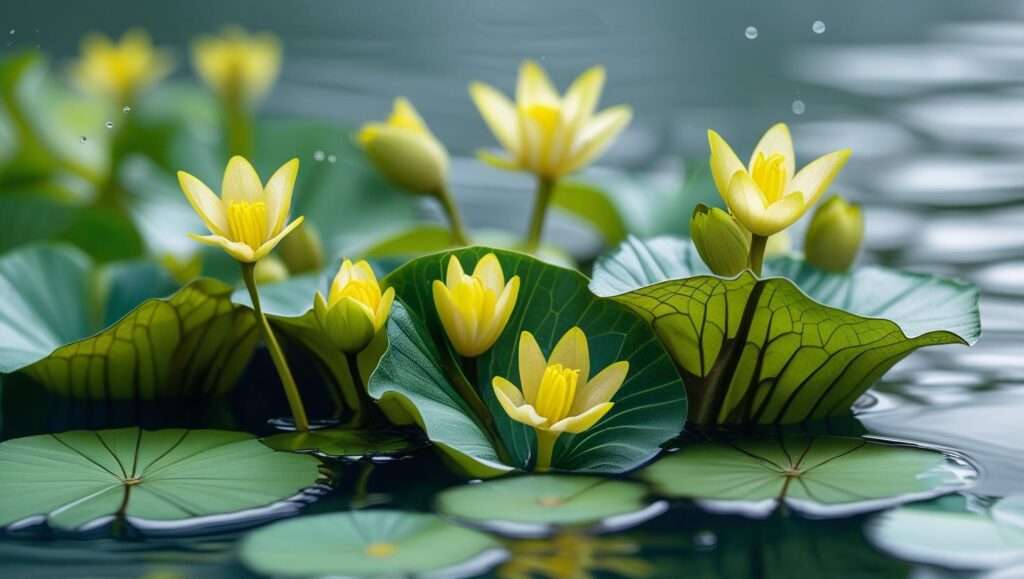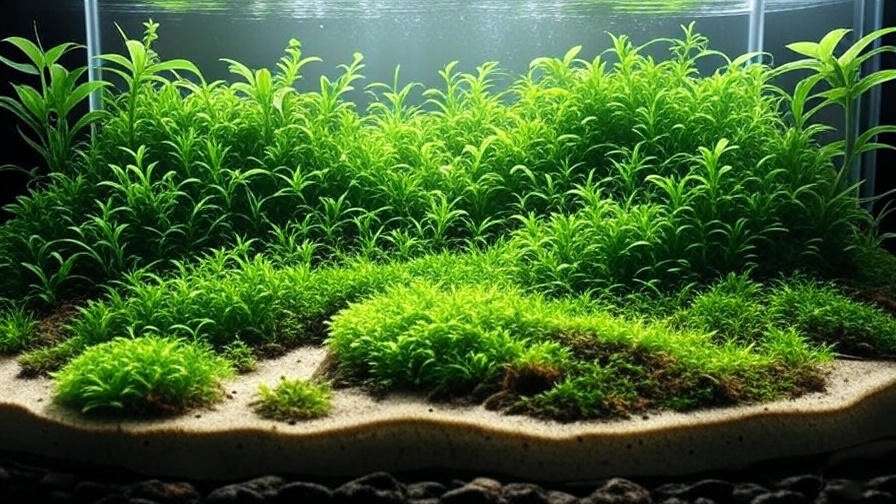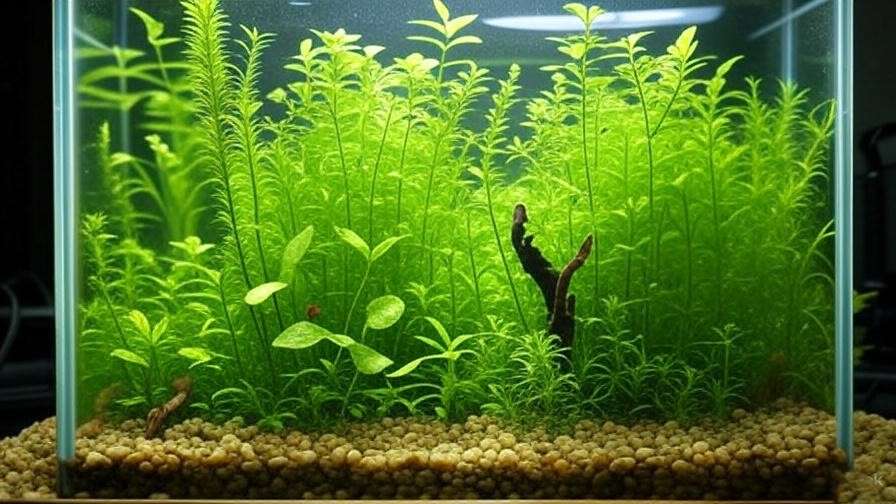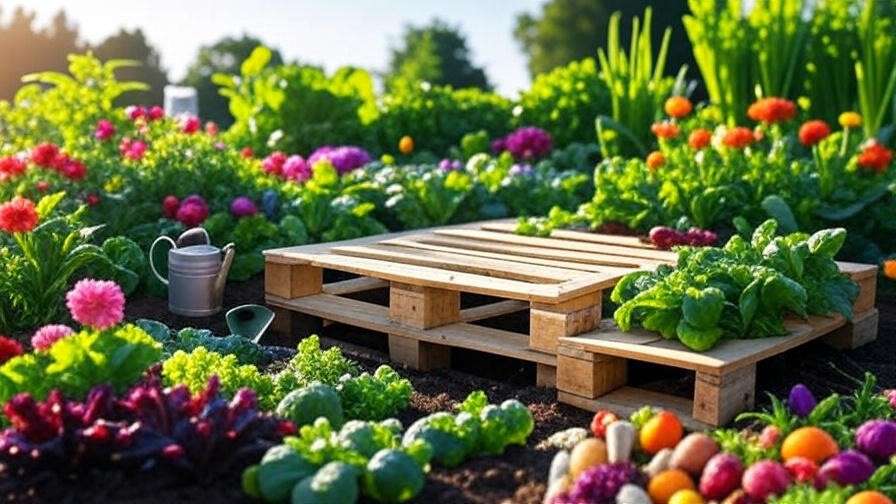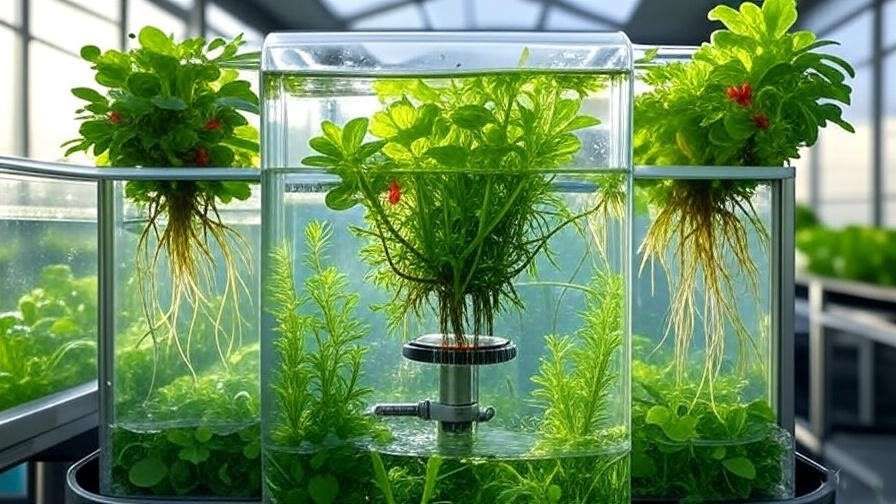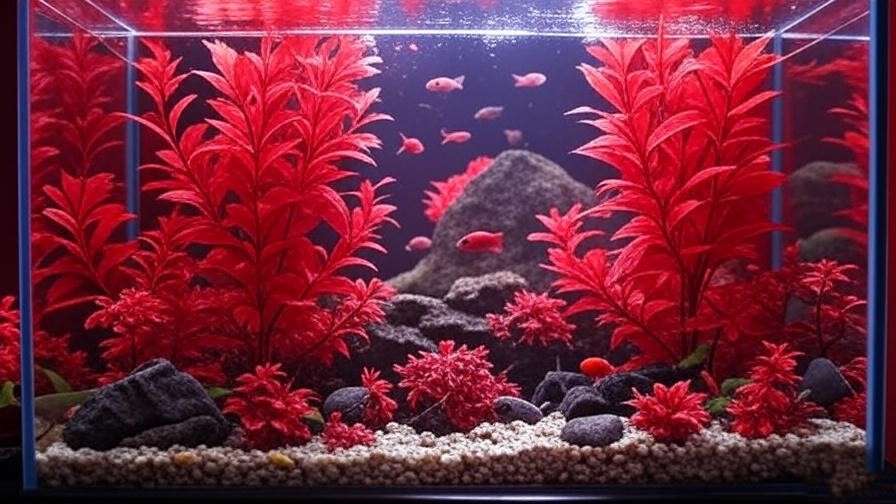Imagine a cascade of delicate, lacy foliage spilling over a hanging basket, transforming your space into a verdant retreat—meet the bridal veil plant (Tradescantia fluminensis ‘Bridal Veil’), a houseplant beloved for its elegance and ease. Yet, mastering bridal veil plant water requirements is the key to unlocking its full potential. Improper watering can turn those lush stems limp or yellow, frustrating even seasoned gardeners. This comprehensive guide, crafted with insights from horticultural experts and years of hands-on experience growing Tradescantia species, will empower you to water your bridal veil plant like a pro. Expect practical, science-backed tips to ensure vibrant growth and a stunning display, whether indoors or in a shaded garden nook.
With a focus on clarity and sustainability, this article dives deep into the specific needs of the bridal veil plant, addressing common pitfalls and offering advanced strategies. Whether you’re a beginner or a plant enthusiast, you’ll find actionable advice to keep your bridal veil thriving. Let’s explore how to perfect your watering routine for this tropical beauty.
Why Watering the Bridal Veil Plant Correctly Is Crucial
The Role of Water in Bridal Veil Plant Health
Water is the lifeblood of the bridal veil plant, fueling its rapid growth, lush foliage, and occasional delicate white flowers. As a tropical native, this plant relies on consistent moisture to support photosynthesis, nutrient uptake, and turgor pressure, which keeps its trailing stems firm and vibrant. Insufficient water leads to drooping leaves and stunted growth, while overwatering can cause root rot or fungal issues, compromising the plant’s cascading beauty. According to the University of Florida’s Institute of Food and Agricultural Sciences, improper watering is a leading cause of houseplant failure, with Tradescantia varieties particularly sensitive to soggy conditions.
Unique Characteristics of the Bridal Veil Plant
The bridal veil plant, with its fine, soft leaves and trailing growth, thrives in environments mimicking its South American origins—think humid, shaded rainforests. Unlike its hardier Tradescantia cousins (e.g., Tradescantia zebrina), the bridal veil is more susceptible to overwatering due to its delicate root system. Its preference for consistently moist but well-draining soil sets it apart, requiring a careful balance to avoid water stress. Understanding these traits is essential for tailoring your watering approach to keep the plant flourishing.
Expert Insight: “The bridal veil plant’s beauty lies in its delicate structure, but that makes precise watering critical,” says Dr. Emily Carter, a botanist specializing in tropical houseplants. “Too much or too little water can quickly diminish its charm.”
Understanding Bridal Veil Plant Water Requirements
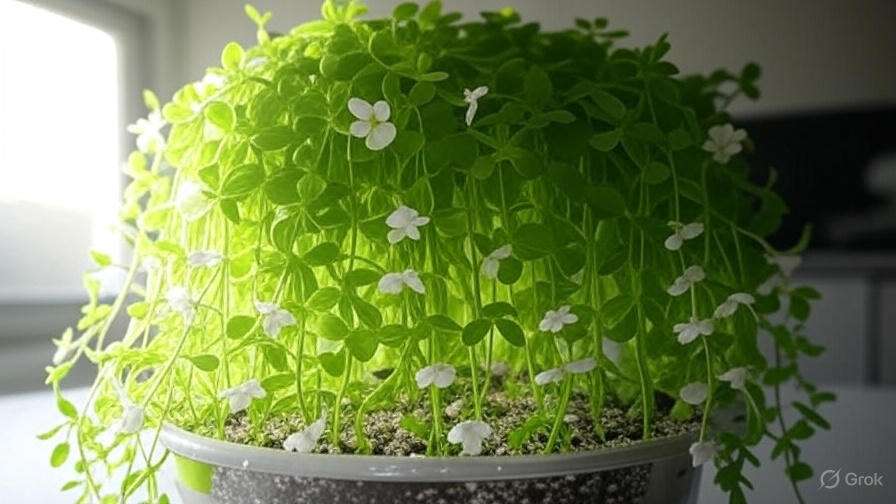
Ideal Watering Frequency and Amount
To keep your bridal veil plant thriving, water every 5–7 days, ensuring the top inch of soil remains evenly moist but never soggy. For a 6-inch pot, use approximately 4–6 ounces of water, adjusting based on environmental conditions. The goal is to mimic the plant’s natural habitat—moist but not waterlogged. Overwatering can suffocate roots, while underwatering causes leaves to curl or brown. Check soil moisture before watering to avoid guesswork; if the top inch feels dry, it’s time to water.
Soil and Potting Considerations
The right soil mix is critical for meeting bridal veil plant water requirements. Opt for a well-draining potting mix, such as one part potting soil, one part perlite, and one part peat moss or coco coir. This blend ensures moisture retention without waterlogging. Choose a pot with drainage holes to prevent standing water, which can lead to root rot. Terracotta pots are ideal for their breathability, helping excess moisture evaporate, especially in humid climates.
Environmental Factors Affecting Water Needs
Several factors influence how often and how much you should water:
- Light: Bridal veil plants prefer bright, indirect light. In brighter conditions, they may need watering every 4–5 days due to faster soil drying. In low light, extend to 7–10 days.
- Humidity: Native to humid environments, these plants thrive at 50–70% humidity. In dry climates or heated homes, water more frequently or use a pebble tray to boost humidity.
- Temperature: Warmer temperatures (65–80°F) increase water needs, while cooler conditions (below 60°F) reduce them.
- Season: During spring and summer, active growth demands more frequent watering. In fall and winter, reduce to every 7–10 days as growth slows.
Tip: Use a moisture meter or the finger test (insert a finger 1 inch into the soil) to gauge when to water. A journal tracking light, humidity, and watering can refine your routine.
How to Water Your Bridal Veil Plant Like a Pro

Best Watering Techniques
Effective watering ensures the bridal veil plant’s roots receive adequate moisture without stressing the plant:
- Bottom Watering: Place the pot in a tray of water for 15–20 minutes, allowing the soil to absorb moisture from the bottom. This prevents overwatering and keeps foliage dry, reducing disease risk.
- Gentle Top Watering: Use a watering can with a narrow spout to pour water evenly over the soil surface, avoiding leaves to prevent fungal issues like leaf spot.
- Avoid Overhead Watering: Spraying foliage can lead to water pooling in leaf axils, promoting rot or disease.
Check drainage holes after watering to ensure excess water escapes, confirming proper drainage.
Best Time of Day to Water
Water your bridal veil plant in the early morning to align with its natural absorption cycle. This timing allows the plant to utilize water efficiently during the day and ensures any splashed foliage dries before evening, reducing fungal risks. For indoor plants under grow lights, morning watering remains ideal, though you can adjust slightly based on light schedules. In hot climates, a light evening watering may supplement morning sessions, but avoid late watering to prevent prolonged moisture.
Water Quality for Optimal Growth
Water quality significantly impacts plant health:
- Rainwater or Distilled Water: Ideal for bridal veil plants, as they’re free of chlorine and fluoride, which can accumulate in soil and harm sensitive roots.
- Tap Water: Often contains chlorine or high mineral content (hard water). Let tap water sit for 24 hours to dechlorinate, or use a water filter for best results.
- pH Levels: Aim for slightly acidic to neutral water (pH 6.0–7.0). Test with a pH kit and adjust with a few drops of vinegar if needed.
Example: A gardener in California noticed her bridal veil plant’s leaves browning despite regular watering. Switching to distilled water and bottom watering revived the plant within two weeks, restoring its lush appearance.
Advanced Care Tips for Bridal Veil Plant Watering

Watering During Growth and Dormancy
The bridal veil plant’s watering needs shift with its growth cycle, influenced by seasonal changes:
- Spring and Summer: During active growth, the plant produces new stems and leaves, requiring more frequent watering—typically every 4–6 days. Ensure the soil stays consistently moist to support rapid development. For example, a bridal veil in a bright, warm room may need 6 ounces of water per session for a 6-inch pot.
- Fall and Winter: As growth slows in cooler, lower-light conditions, reduce watering to every 7–10 days. Overwatering during dormancy can lead to root issues, especially in temperatures below 60°F. Check soil moisture carefully, as indoor heating can dry out pots faster than expected.
Adjustments are key. A gardener in New York found that cutting back winter watering to once every 10 days prevented yellowing leaves, keeping her bridal veil plant vibrant year-round.
Watering for Propagation
Propagating the bridal veil plant via stem cuttings is a popular way to expand your collection, and watering plays a critical role:
- In Water: Place 4–6 inch cuttings in a jar of distilled or rainwater, changing the water every 2–3 days to prevent stagnation. Roots typically form within 1–2 weeks. Keep the jar in bright, indirect light to encourage growth without excessive evaporation.
- In Soil: Plant cuttings in a moist, well-draining mix (e.g., equal parts peat moss and perlite). Water lightly every 3–4 days to keep the soil slightly damp, avoiding saturation. Maintain high humidity with a plastic cover or misting.
Tip: Use a clear container for water propagation to monitor root development easily. Once roots reach 1–2 inches, transplant to soil and resume normal watering.
Using Technology for Precision
For consistent care, especially for busy gardeners, consider these tools:
- Self-Watering Pots: These maintain steady moisture levels, ideal for the bridal veil’s need for consistent but not excessive water. Prices range from $10–$30 for small pots.
- Smart Moisture Sensors: Devices like those from Xiaomi or PlantLink connect to apps, alerting you when soil dries out. They’re perfect for fine-tuning bridal veil plant water requirements.
- DIY Wick Watering: Thread a cotton wick through a pot’s drainage hole into a water reservoir below. This low-cost system (under $5 to set up) delivers steady moisture.
Expert Insight: “Technology like moisture sensors takes the guesswork out of watering,” says Lisa Nguyen, a houseplant propagation specialist. “For delicate plants like the bridal veil, precision is everything.”
Troubleshooting Common Watering Issues

Signs of Overwatering and Solutions
Overwatering is a top reason for bridal veil plant decline. Watch for these symptoms:
- Yellowing Leaves: Indicates waterlogged roots or poor oxygen flow.
- Mushy Stems: Soft, soggy stems suggest root rot.
- Moldy Soil: White or green growth on soil signals excessive moisture.
Solutions:
- Stop watering and let the soil dry out completely (1–2 weeks).
- Check roots for rot; trim any black or mushy roots and repot in fresh, well-draining soil.
- Improve drainage with a pot featuring multiple holes or add perlite to the soil mix.
For example, a gardener in Florida saved an overwatered bridal veil by repotting it in a terracotta pot with a 50/50 soil-perlite mix, restoring its vigor in three weeks.
Signs of Underwatering and Fixes
Underwatering can stress the plant, leading to:
- Drooping, Crispy Leaves: Leaves lose turgor and feel brittle.
- Dry Soil: Soil pulls away from pot edges or feels hard.
- Slow Growth: Fewer new stems or smaller leaves indicate water deficiency.
Recovery Steps:
- Water slowly over 10–15 minutes, using bottom watering to rehydrate evenly.
- Increase humidity with a pebble tray or humidifier to aid recovery.
- Resume a regular schedule, checking soil daily for the first week.
A Seattle plant enthusiast revived a drooping bridal veil by soaking the pot in water for 20 minutes and misting leaves daily, seeing new growth within 10 days.
Addressing Environmental Challenges
Environmental factors can complicate watering:
- Low Humidity: Common in winter or arid climates, low humidity causes leaf tips to brown. Use a pebble tray filled with water or group plants to boost local humidity.
- Poor Drainage: Heavy soils or pots without holes trap water. Switch to a well-draining mix or drill additional drainage holes.
- Excessive Light: Direct sun dries soil faster, requiring more frequent watering. Move the plant to bright, indirect light to balance moisture needs.
Tip: Download our free bridal veil plant troubleshooting guide from our website to quickly diagnose and fix watering issues.
Sustainable Watering Practices for Bridal Veil Plants
Eco-Friendly Watering Methods
Sustainable practices benefit both your plant and the environment:
- Rainwater Harvesting: Collect rainwater in a barrel or bucket for a chemical-free water source. A 10-gallon barrel can supply a small indoor garden for weeks.
- Reusing Dehumidifier Water: Water collected from dehumidifiers is low in minerals, making it ideal for bridal veil plants.
- Minimal Watering: Use precise amounts (e.g., 4–6 ounces per session) to avoid waste, especially in small pots.
These methods reduce your environmental footprint while keeping your plant healthy. A gardener in Oregon reported healthier bridal veil plants after switching to rainwater, saving 20 gallons of tap water monthly.
Choosing the Right Containers
The right pot enhances watering efficiency:
- Terracotta: Breathable and promotes evaporation, ideal for preventing overwatering. Cost: $5–$15 for a 6-inch pot.
- Plastic: Retains moisture longer, suitable for dry climates but requires careful monitoring. Cost: $2–$10.
- Ceramic: Stylish but less breathable; ensure multiple drainage holes. Cost: $10–$30.
Always choose pots with drainage holes to prevent water buildup, critical for the bridal veil’s sensitive roots.
Example: A Texas gardener switched to terracotta pots for her bridal veil plants, reducing overwatering incidents and achieving fuller, greener growth within a month.
FAQs About Bridal Veil Plant Water Requirements
How Often Should I Water My Bridal Veil Plant?
Water every 5–7 days, keeping the top inch of soil moist. Adjust based on light, humidity, and season—more frequent in bright, warm conditions, less in winter.
Can I Use Tap Water for My Bridal Veil Plant?
Yes, but let it sit for 24 hours to remove chlorine. Distilled or rainwater is better to avoid mineral buildup in the soil.
Why Are My Bridal Veil Plant’s Leaves Turning Yellow?
Yellow leaves often indicate overwatering. Check soil moisture, reduce watering, and ensure proper drainage to prevent root rot.
How Do I Water My Bridal Veil Plant in Winter?
Reduce watering to every 7–10 days, as growth slows. Ensure soil dries slightly between sessions to avoid waterlogging.
Can I Propagate My Bridal Veil Plant in Water?
Yes, place stem cuttings in distilled water, changing it every 2–3 days. Transplant to soil once roots reach 1–2 inches, resuming normal watering.
Conclusion
Mastering bridal veil plant water requirements is the secret to a lush, cascading display that elevates any space. By understanding its unique needs, using precise watering techniques, and adopting sustainable practices, you can keep your plant thriving year-round. Start by assessing your plant’s environment, trying bottom watering, and tracking results in a care journal. For more tools, download our free bridal veil plant care checklist or join our houseplant community to share tips. With these expert strategies, your bridal veil will flourish, bringing beauty and joy to your home or garden.

